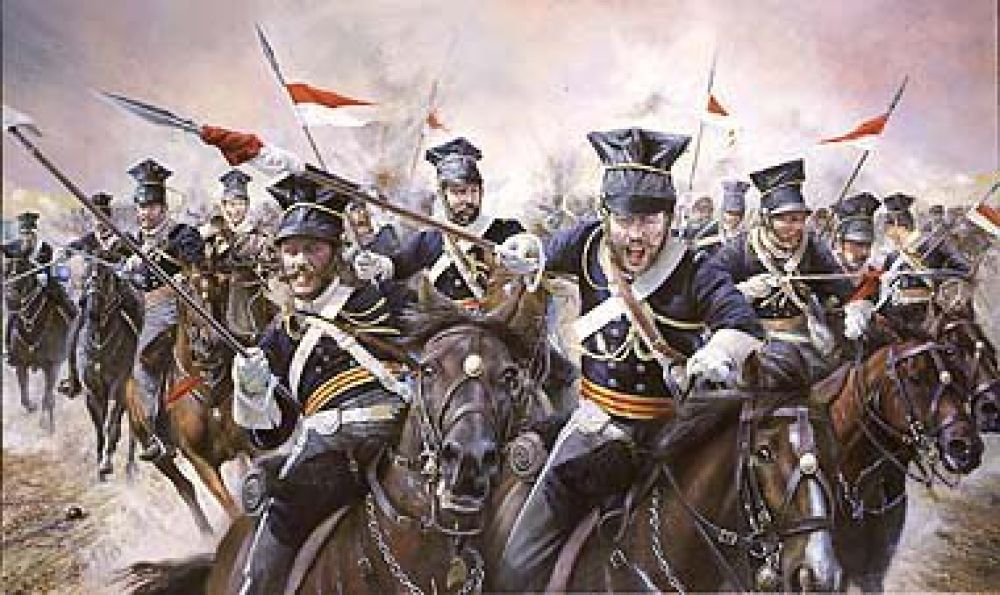

Located in the rugged terrains of Ladakh, the Brigade War Gallery in Drass plays an important role in the documentation and presentation of India’s military history. Drass, often touted as the gateway to Ladakh, is the second coldest inhabited place in the world and has gained historical significance due to its strategic location.
Drass gained prominence in the annals of history during the Kargil War in 1999 between India and Pakistan. The war was a result of the infiltration of Pakistani soldiers and militants into Indian territory in the region of Kargil. The Brigade War Gallery was built to commemorate the valor and sacrifice of the Indian soldiers who fought in the Kargil war. It stands as a testament to the courage displayed during Operation Vijay, which was the operation name for the Indian offensive to drive out the infiltrators.
The history of tourism in Drass and the surrounding Ladakh region can be traced back several decades. Initially, Ladakh attracted adventure enthusiasts for its unique landscape, high mountain passes, and rich cultural heritage. In the years following the Kargil War, tourism in Drass evolved to include visits to war memorials and galleries like the Brigade War Gallery, which serves both educational and commemorative purposes.
Since its inception, the Brigade War Gallery has become an integral part of the tourism circuit. Visitors come to pay homage to the fallen soldiers and learn about the notable events that took place during the conflict.
In recent years, there has been a surge in what is often referred to as "patriotic tourism" in India, with an increasing number of travelers seeking destinations that hold national significance. The Brigade War Gallery is very much a part of this trend, as it appeals not only to history buffs but also to those who feel a strong sense of national pride and wish to connect with India's military heritage.
Other trends influencing tourism in Ladakh and the Drass region include sustainable travel and experiential tourism. Visitors are looking for more immersive experiences, preferring homestays and interactions with local communities, which in turn promote cultural exchange and sustainable income for the locals.
Accessibility improvements, such as better road connectivity and the opening of the Kushok Bakula Rimpochee Airport in Leh, have made the region more accessible to domestic and international tourists, thus helping in boosting tourism.
For those planning a visit to the Brigade War Gallery, it is a place of learning and reflection. The gallery houses photographs, artifacts, and descriptions of the war. There is also an outdoor display of captured equipment and a sand model of the terrain. The war memorial nearby, with its eternal flame, offers a space for remembrance and reverence.
The best time to visit the Brigade War Gallery is during the summer months of May to September, as winters in Drass can be extremely harsh. While in the region, visitors are encouraged to explore the stunning natural beauty of Ladakh, with its monasteries, azure lakes, and stark mountainscapes.
In conclusion, the Brigade War Gallery stands as an important destination for those interested in India’s military history and offers a poignant glimpse into the sacrifices made for the nation's security. Its place in the landscape of Indian tourism continues to evolve, reflecting broader trends and serving as a bridge between the past and the present.